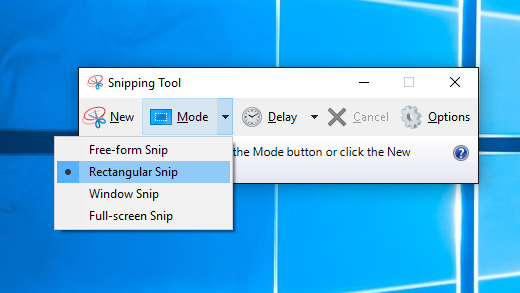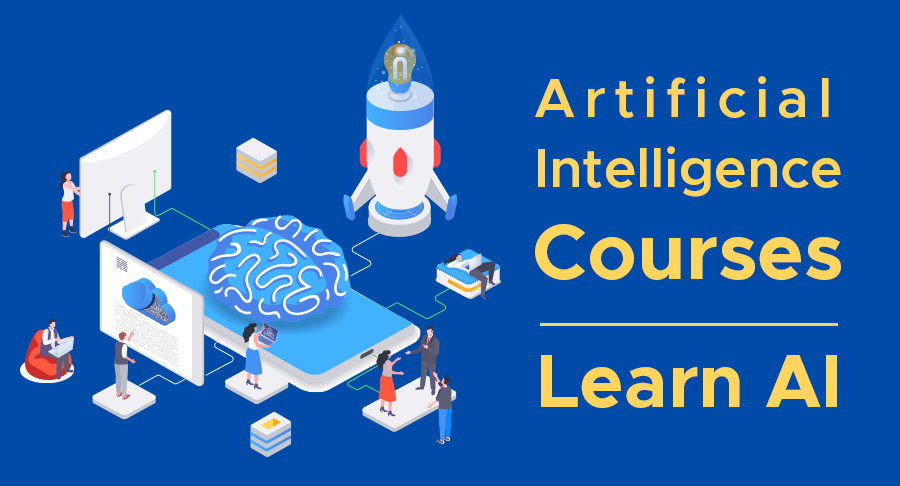In today’s digital age, video content has become an integral part of our personal and professional lives. Whether for entertainment, marketing, education, or communication, videos have emerged as a powerful medium for conveying information and emotions. However, the process of creating, sharing, and managing video content can be both time-consuming and resource-intensive. To address these challenges, AI-powered video conversion tools have entered the scene, promising to streamline the video handling process and boost productivity. In this article, we’ll explore how seamless video conversion AI is revolutionizing the way we work with videos, saving both time and effort.
The Rise of Video Content
The last decade has witnessed an unprecedented surge in the production and consumption of video content. Whether it’s YouTube, TikTok, or streaming services like Netflix, we are living in an era of video-first media. Additionally, in the corporate world, video has become an essential tool for marketing, training, and communication. This surge in video content creation, however, has created new challenges, particularly concerning video format compatibility and quality control.
The Challenges of Video Conversion
Video conversion is the process of converting a video from one format to another. It might involve changing the file type, resolution, aspect ratio, or even the compression codec. This is necessary for various reasons:
- Compatibility: Different devices and platforms may require different video formats. For instance, a video meant for social media may need to be in a different format than one intended for a professional presentation.
- Quality Enhancement: Video conversion can also involve enhancing the quality of a video, such as upscaling the resolution or improving compression to reduce file size without sacrificing quality.
- Editing and Post-Production: Video editing often requires converting raw footage into a suitable format for editing software. After editing, it’s common to convert the video back to its original or another format for sharing or distribution.
- Optimizing for Streaming: Video streaming services often have specific requirements for video formats, bitrates, and resolutions to ensure a smooth viewing experience. Converting videos to meet these requirements is crucial for content creators.
Traditional video conversion methods are not only time-consuming but can also be error-prone. The manual process of selecting the right settings, encoding, and then verifying the output can be a painstaking task. This is where AI-powered video conversion tools come into play.
Seamless Video Conversion AI: A Time-Saving Revolution
AI-powered video conversion tools are designed to simplify the video conversion process by automating and optimizing the conversion process. Here are some ways in which these tools are revolutionizing video handling:
- Automated Format Detection: AI algorithms can automatically detect the source format of a video and convert it to the most appropriate format for the target platform. This eliminates the need for users to manually specify conversion settings.
- Quality Enhancement: AI can intelligently upscale video resolution and enhance its quality while reducing noise and artifacts. This results in better-looking videos without the need for manual intervention.
- Efficient Compression: AI can optimize video compression, reducing file sizes without compromising quality. This is especially important for videos that need to be shared or streamed over the internet, as smaller files lead to faster loading times and lower bandwidth costs.
- Batch Processing: Many AI video converters support batch processing, allowing users to convert multiple videos simultaneously. This is a huge time-saver for content creators and businesses dealing with large video libraries.
- Speed and Efficiency: AI-powered conversion tools are often faster than traditional methods. They can utilize multi-core processing and GPU acceleration to quickly convert videos, saving valuable time.
Use Cases for Seamless Video Conversion AI
- Content Creators: Video creators on platforms like YouTube and Vimeo can benefit from AI-powered conversion tools. They can automatically convert videos to the required format for the platform and ensure that their content looks and loads well.
- Marketers: Marketers often need to repurpose videos for various channels, such as social media, websites, and email marketing. AI video conversion tools can automate this process, ensuring that the marketing content reaches its intended audience effectively.
- Educators: Educational institutions and e-learning platforms can use AI to convert video lectures and course materials into formats suitable for different devices, making learning more accessible to students.
- Corporate Communication: Businesses can streamline their internal and external communication by using AI to convert videos for video conferencing, presentations, and marketing materials.
- Archiving and Preservation: Organizations can use AI to convert old and deteriorating video content into modern formats to preserve their historical records.
Challenges and Considerations
While AI-powered video conversion tools offer numerous advantages, there are some challenges and considerations to keep in mind:
- Accuracy: AI algorithms are not infallible. There may be instances where automated video conversion results in undesired outcomes, so human oversight is still necessary, especially for critical or high-value content.
- Cost: Some AI-powered video conversion tools may come with licensing or subscription fees, which may impact the overall cost of using such technology.
- Data Privacy: Ensure that the AI conversion tool you use complies with data privacy regulations, especially if you are handling sensitive or personal information within your videos.
- Complexity: While these tools simplify the process, they can still be complex to configure. Users may need some level of technical expertise to take full advantage of the features.
In conclusion, seamless video conversion AI is a game-changer when it comes to handling video content efficiently and effectively. It saves time, reduces errors, and ensures that your video content is optimized for its intended purpose. As the demand for video content continues to rise, these AI tools will become increasingly indispensable for individuals and businesses looking to harness the power of video in the digital age.



